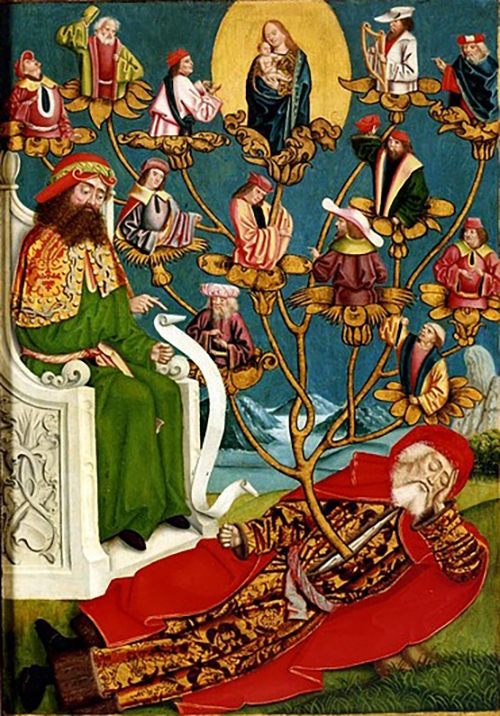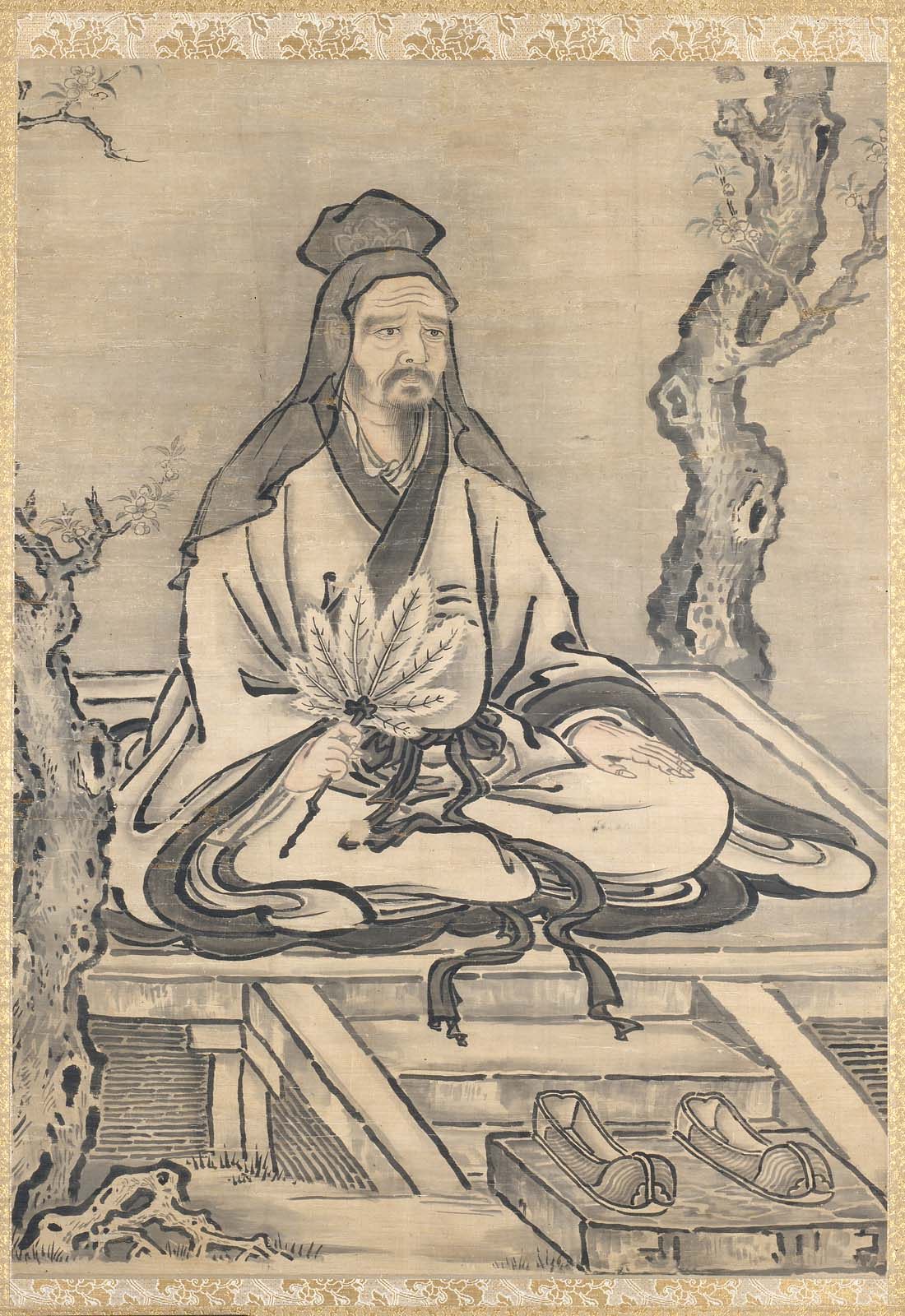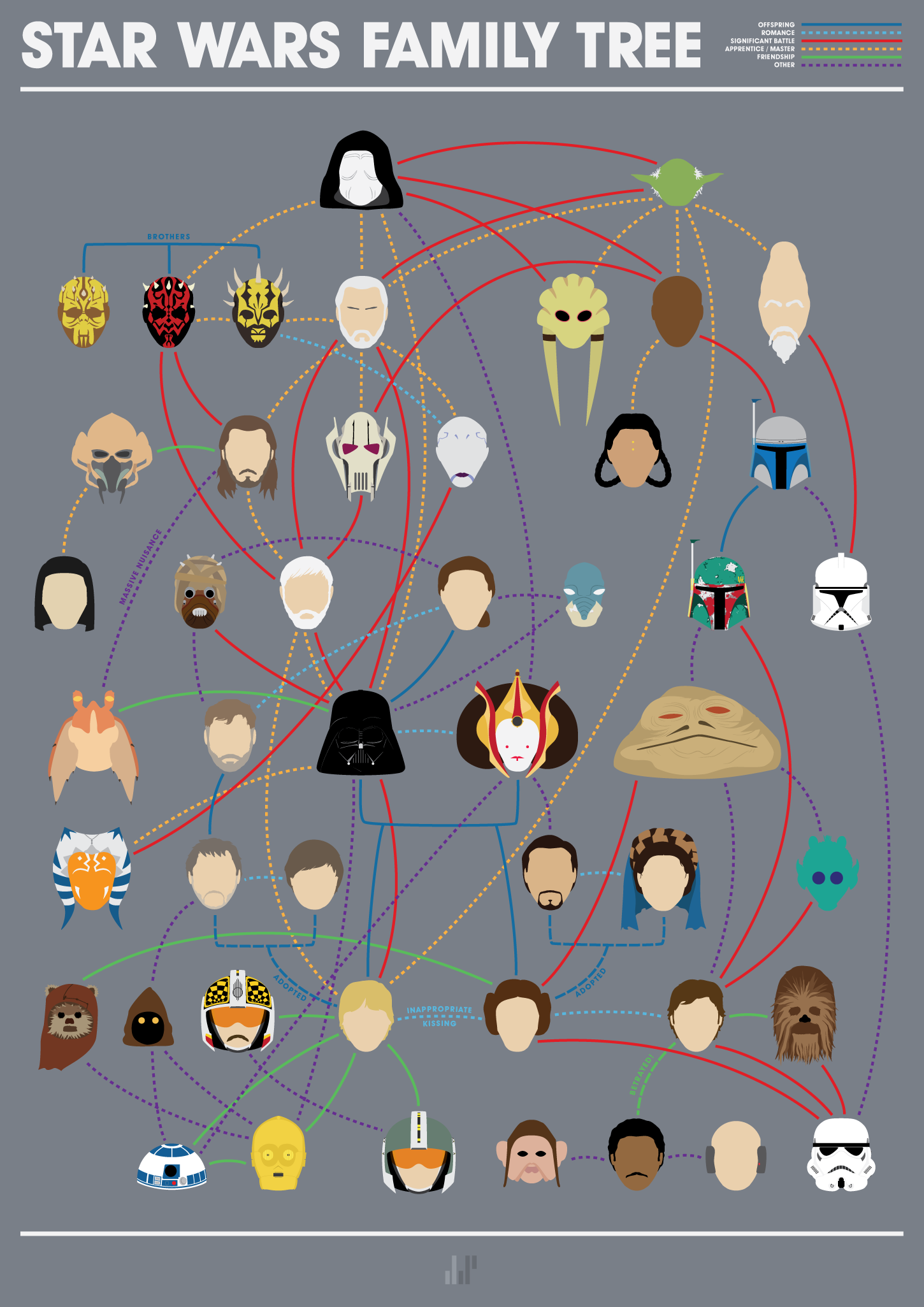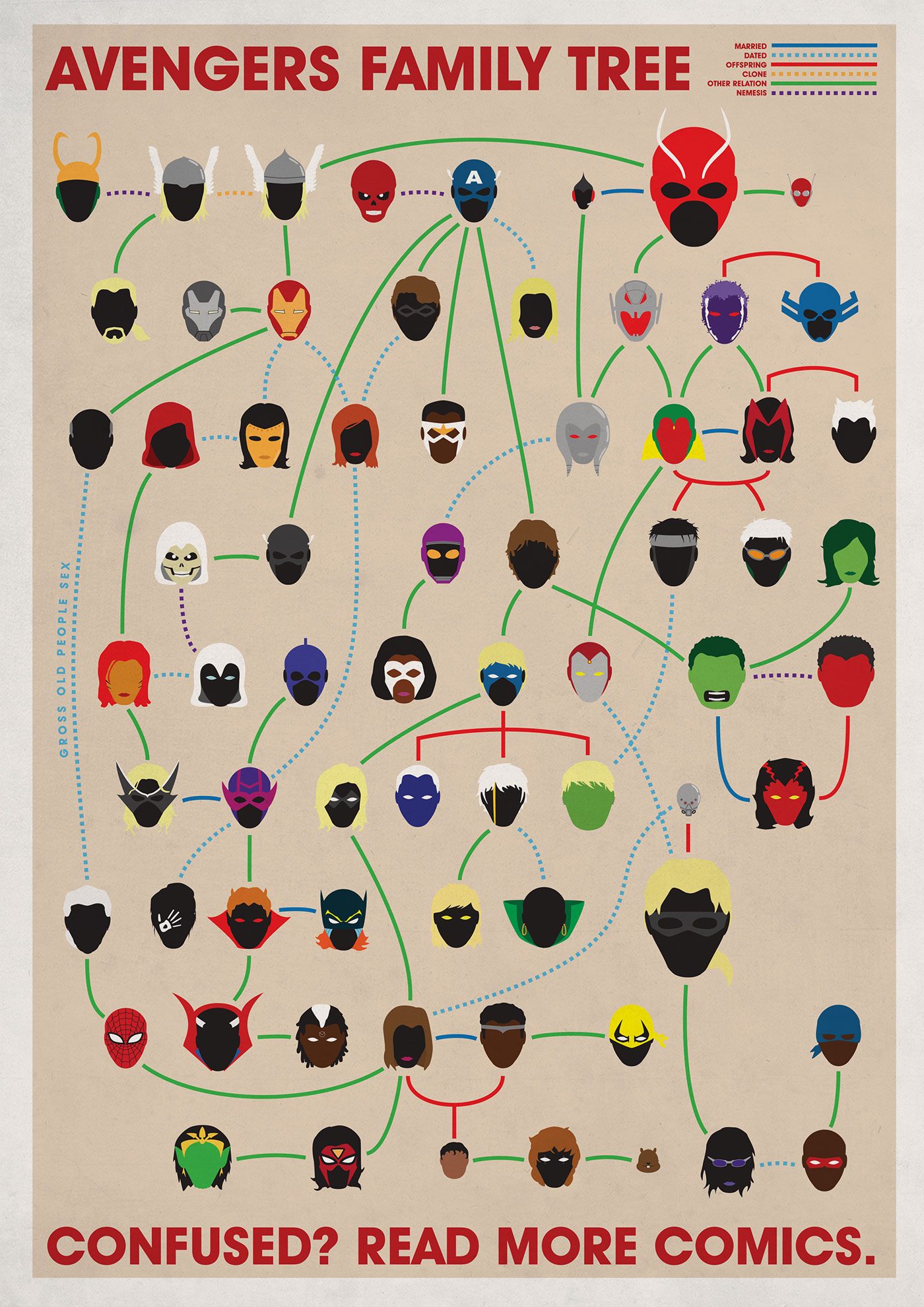Over 3,000 Years of Humans Exaggerating Their Lineage on Family Trees
Charting genetic lines through branches gets aspirational pretty fast.

The family tree of German bishop Sigmund Christoph von Waldburg-Zeil-Trauchburg, from 1776. (Photo: Public Domain)

The language of trees has been used to describe human bloodlines for millennia. The ancient Romans called the scrolls that listed their genealogical history, stemmata (“garlands”). Similarly Rome’s historians used the growth and fall of trees to mark the rise and fall of imperial dynasties. Tacitus wrote of Claudius’ son Britannicus as being the “the true and genuine stock” and of suffering a “too-green” death. Pliny often used the arboreal terms “grafting” “splicing” and “pruning” to allude to the abortions, adulteries and child murder taking place around him.

However the first explicit link between woody perennial plants and human genealogy predates even the Romans. It appears sometime in the eighth century B.C in the Book of Isaiah:
“And there shall come forth a rod out of the stem of Jesse, and a branch shall grow out of his roots.”
This simple verse was to inspire what, thousands of years later, would become the first depiction of a family tree—the Tree of Jesse, a genealogical chart tracing the ancestors of Jesus Christ back to the father of King David. From the 11th century AD onwards, depictions of the tree began popping up in illuminated manuscripts, on stained glass windows and carved into church walls. In these portrayals Jesse is invariably shown reclining at the foot of the picture with the trunk of a tree springing somewhat priapically from his side (the many links between trees and male genitalia are best left for another time).

A depiction of the Tree of Jesse from Leaf from Psalter, c. 1480. (Photo: Walters Art Museum/Public Domain)
On the branches above Jesse sit some of the 43 generations that separate him from Jesus. There’s Solomon and Namah and Azor and good old Zadok, while at the very pinnacle of the tree sits Jesus himself. These depictions are by no means comprehensive. For instance, while the Tree of Jesse follows the patriarchal line, neither Joseph—Jesus’s non-biological father—nor God—Jesus’ non-biological father in a completely different sense—are included.
From its very beginning the family tree was not an object beholden to accuracy; the family tree has always been used to add a touch of pictorial plausibility to the utterly improbable. The clearly demarcated branches of these trees can cover up a whole host of messy asides, perhaps one of the reasons it remains the go-to metaphor for our genetic backstories.

A painting of the Tree of Jesse, 1499. (Photo: Public Domain)
In the case of the Tree of Jesse, its growth is arrested by the fact that Jesus had no progeny (probably). The Lurie family tree, on the other hand, is generally considered the oldest, or tallest, family tree in existence. Although it similarly begins with King David, the Lurie family tree continues up to the present day and includes among its members Sigmund Freud, Karl Marx, Felix Mendelssohn, and many of the kings of Judah. In fact it appears to hold within it almost every Ashkenazi Jew in existence, including many characters of questionable legitimacy, such as Andreas, a Jew who having converted to Roman Catholicism proved himself so devout that he eventually became Pope.
If the Lurie family tree is the tallest then that of the Chinese philosopher, Confucius (551-479 BC) is the most populous. First published in 1080AD, the Confucius Genealogy has been updated four times over the last millennia. In 1937 the fourth edition of the genealogy listed some 600,000 descendants. But the most recent edition published in 2009 stretched to 80 volumes and contained the names of more than two million descendants. This great leap forward was largely due to the World Federation of Confucius Descendants finally agreeing to include women, ethnic minorities and overseas descendants amidst their illustrious branches.
However living descendants had to pay a small fee to be included in the tree, raising questions as to whether an ancestral link to Confucius could simply be bought.

A mid-17th century painting of Confucius. (Photo: Boston Museum of Fine Arts/Public Domain)
Of course family trees are not just reserved for human genealogies. Take, for instance Harold and Jon Newman’s A Genealogical Chart of Greek Mythology (2003), for which the father and son team spent nearly 40 years linking 3,673 figures from classical mythology into one family tree spanning 20 generations. Here you can find the marriages, affairs and progeny of gods, titans, kings, heroes, mortals, giants, rivers, stars and personifications of abstract concepts, most noticeably Chaos who sits at the very top of the tree. Chaos is a fitting paterfamilias to this brood considering the perplexity that bubbles beneath him. Zeus is said to have fathered 104 children. Poseidon some 150. With incest and parthenogenesis common occurrences in and around Mount Olympus, this is one of the most dysfunctional family trees in existence.
Much of the complexity in Greek mythology is the result of different authors using the same mythical characters over many hundreds of years. Fortunately family trees are actually rather useful in smoothing over authorial inconsistencies. A more recent attempt at mapping mythology can be found in Joe Stone’s family trees of the Star Wars films and Avengers comics. Equally daunting and disorderly due to their bevy of different sources and, in the case of the latter group, alternate realities, Stone is wise enough to stamp his charts with the warning “Confused? Read more comics.”

Joe Stone’s Star Wars family tree. (Photo: Courtesy Joe Stone)
Less mythological but dealing with equally legendary subjects are the hand-lettered Rock Family Trees created by Pete Frame, who used the family tree structure to create a plethora of visual genealogies charting popular music’s many interconnections.
If you want to know how Black Sabbath is related to Deep Purple, Uriah Heep and Whitesnake, or if you want to explore the many permutations of the Grateful Dead side project, New Riders of the Purple Sage, then this is your place to start.

The Avengers family tree. (Photo: Courtesy Joe Stone)
The usefulness of family trees in drawing narrative links between seemingly unrelated subjects and allowing the reader to explore their unconsciously shared traits was best exemplified in the artist Nina Katchadourian’s Genealogy of the Supermarket, (2005) This is an elaborate and hilarious family tree of 78 advertising icons, from Mr. Clean to the Sun-Maid Raisin Girl that uses the paraphernalia of genealogy to draw out the strange congruities and ethnic stereotyping of fictional company shills. In Katchadourian’s chart, Uncle Ben and Aunt Jemima are shown as siblings, while the St Pauli Girl and Samuel Adams are lovers. The Quaker Oats man, meanwhile, is married to both Aunt Jemima and Betty Crocker, displaying the open-minded, abolitionist traits of his religious movement. While it critiques advertising’s often hackneyed traits, this family tree actually paints a rather loving picture of our world of commodities. Through the family tree we see them not as individual items but as one large, interconnected family with whom we might surprised to find ourselves on extremely familiar terms.
In many ways Katchadourian’s family tree depicts why genealogy is such a popular hobby to this day. Amidst the uncertainty of the world around us the family tree provides an illusion of structure. It allows us to see ourselves as part of a continuous line , of something bigger than our own lives. In short, the family tree gives us roots.













Follow us on Twitter to get the latest on the world's hidden wonders.
Like us on Facebook to get the latest on the world's hidden wonders.
Follow us on Twitter Like us on Facebook